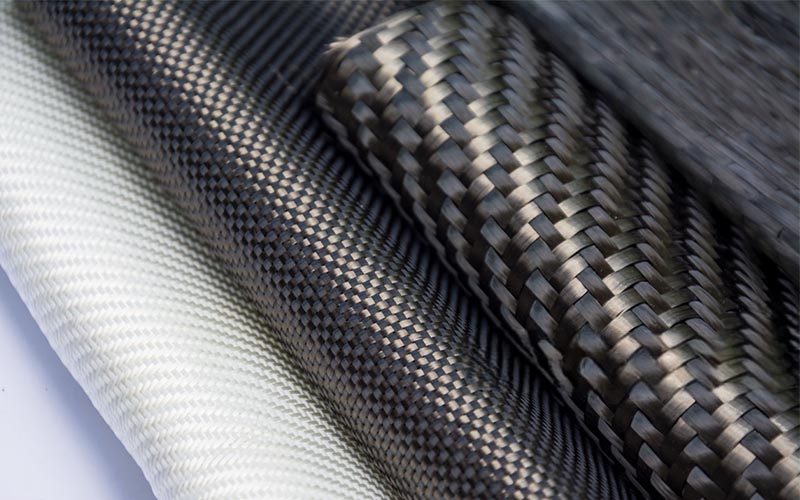Physical Address
304 North Cardinal St.
Dorchester Center, MA 02124
Physical Address
304 North Cardinal St.
Dorchester Center, MA 02124

Stuff can be made with more than one kind of material. We call this mix a composite material. Let’s see what makes them so cool!
A composite material is like a team. It has two or more parts that work together. One part is the matrix. The other part is called reinforcement. When they join, they make something stronger than each part alone.[^1] Think of a mud pie with sticks. The mud is the matrix. It holds everything. The sticks are the reinforcement. They make the mud pie stronger.
Composite materials have a special way they are put together:
It’s like when you and a friend work as a team. You can do more together than you can by yourself!
There are many kinds of composite materials. Some are made by nature. Others are made by people.
Nature makes some composites:
When you look at a tree, you see a natural composite. The wood has tiny fibers that make it strong.
People make many types of composites:
Composite materials have many good points:
Did you know? Some composite materials are five times stronger than steel but weigh four times less![^2]
Composite materials are used in many places:
The Boeing 787 Dreamliner plane is made of 50% composites. This makes it lighter and lets it use 20% less fuel than planes made of metal.[^3]
Wind turbine blades use fiberglass with epoxy. They can be more than 100 meters long (that’s as long as a football field)![^4]
Car parts use glass-fiber composites instead of steel. This makes cars lighter and they use less gas.[^5]
Bridges can be fixed with fiber-reinforced polymers (FRPs). These make them stronger against earthquakes.[^6]
85% of tennis rackets today use composite materials. They make the racket stronger and more springy.[^7]
Let’s look at some facts about composite materials:
| What We Measure | The Numbers |
|---|---|
| Global Market Size (2023) | $114.5 Billion |
| Expected Market Size (2033) | $215.5 Billion |
| How Fast It’s Growing | 6.5% each year |
| Weight Saved in Cars | 40% lighter than metal |
| Amount Recycled | Only about 5% |
Here are some composites you might see:
Fiberglass is a common composite. It has glass fibers in plastic. It’s used in boats, car parts, and pools. It’s strong and doesn’t rust. It can be shaped in many ways. That’s why we see it in so many places!
Carbon fiber is a special composite. It has tiny carbon strands in resin. It’s super strong but very light. We use it in:
Carbon fiber looks cool with its black weave pattern. It costs a lot but is worth it when we need something very strong and light.
Yes, concrete is a composite! It has cement, sand, rocks, and water. Sometimes it has metal rods inside to make it stronger. We use concrete to make:
Concrete is one of the most used materials in the world!
Like all things, composite materials have good and bad points.
Composite materials keep getting better! Here’s what’s new:
The Asia-Pacific area makes the most composites now (more than 45%). China and India have many factories that make these materials.[^8]
It’s hard to recycle composites. We can do it, but only about 5% get recycled now. Scientists are finding better ways to do this.
An alloy mixes metals together, like in steel. A composite joins different materials that stay separate, like fibers in plastic.
Carbon fiber in polymer (CFRP) is very strong for how light it is. It can be five times stronger than steel but much lighter.
No, most composites cost more than steel to make. But they can save money over time because they last longer and weigh less.
Composite materials put different materials together to make something better. They are strong, light, and don’t rust. We use them in planes, cars, sports gear, and many other things. As we find new ways to make and use composites, they will help us build better stuff that lasts longer and does less harm to our world. Next time you see a bike, plane, or boat, look for composite materials. They might be hidden, but they help make these things work better!
[^1]: Definition based on common engineering understanding of composite materials. [^2]: Data from industry standards comparing carbon fiber composites to steel. [^3]: Boeing commercial data on 787 Dreamliner specifications. [^4]: Data from wind turbine manufacturers and energy sector reports. [^5]: Automotive industry data on materials replacement. [^6]: Civil engineering research on structural reinforcement. [^7]: Sports equipment industry data. [^8]: Data on regional market share for composite materials.